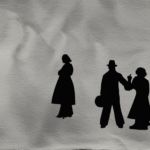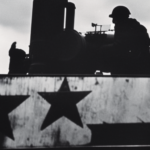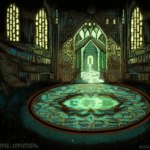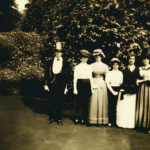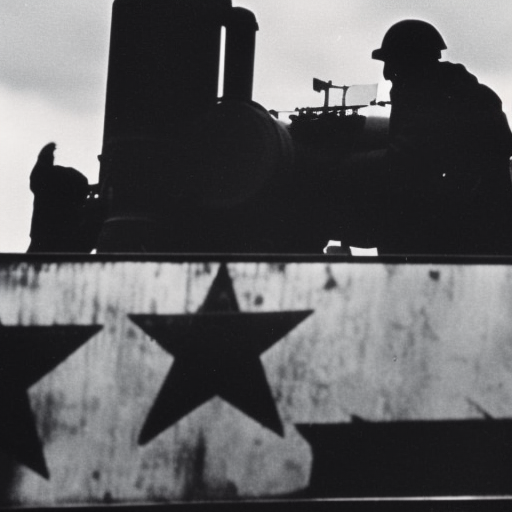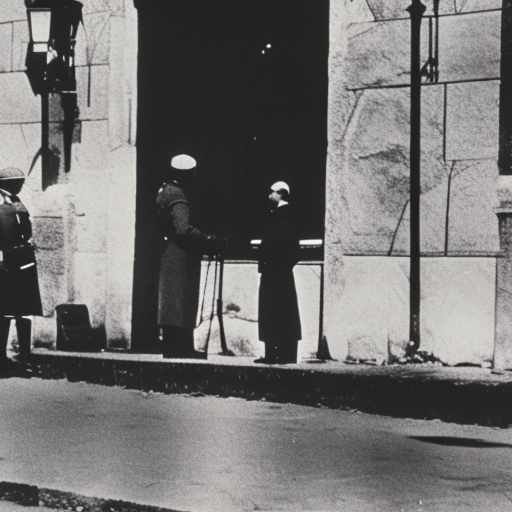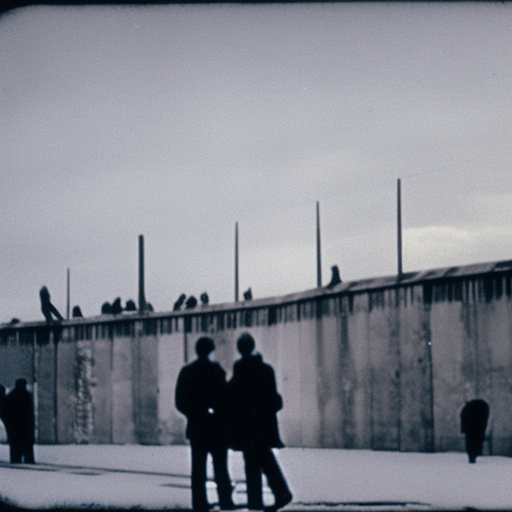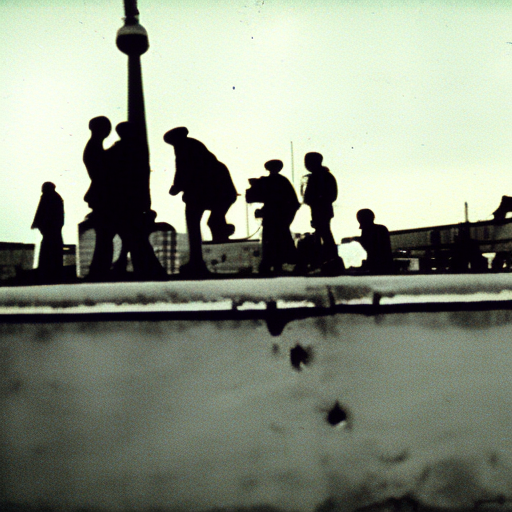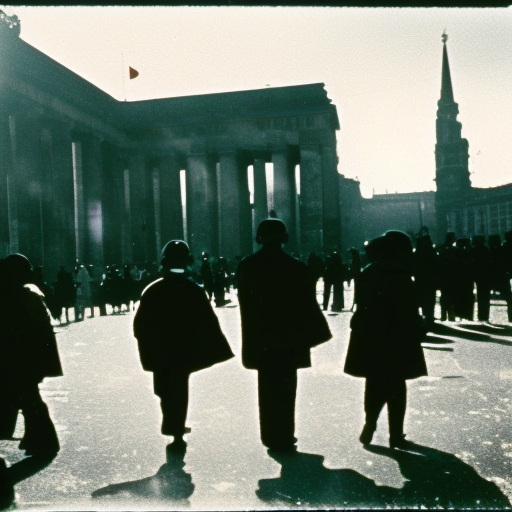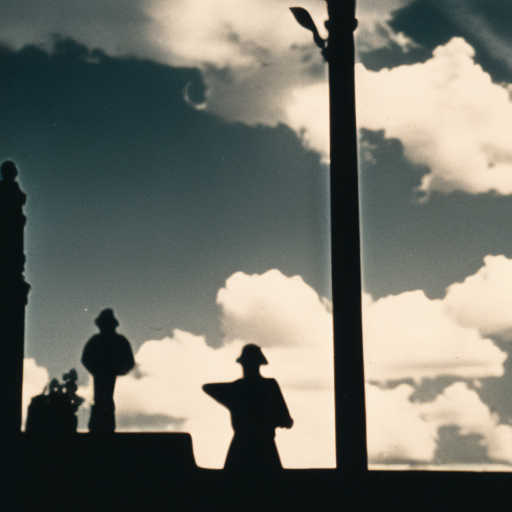The Cold War was a period of political tension and rivalry between the United States and the Soviet Union, characterized by ideological conflicts and the threat of nuclear war.
The Warsaw Pact (1955) Explained
The Warsaw Pact was a military alliance formed by the Soviet Union and its Eastern European satellite states in response to the creation of NATO.
Winston Churchill Explained
Winston Churchill was a British statesman and Prime Minister who led the United Kingdom during World War II.
The Fall of the Berlin Wall (1989) Explained
The Fall of the Berlin Wall in 1989 marked the end of the Cold War and the reunification of East and West Germany.
Berlin Blockade Explained
The Berlin Blockade was a Soviet attempt to isolate West Berlin by cutting off all land and water access, leading to a massive airlift operation by the Western Allies to supply the city.
Revolutions of 1989 Explained
The Revolutions of 1989 marked the collapse of communism in Eastern Europe and the end of the Cold War.
Berlin Crisis of 1961 Explained
The Berlin Crisis of 1961 was a Cold War conflict between the United States and the Soviet Union over the division of Berlin and the construction of the Berlin Wall.
German reunification Explained
German reunification refers to the process of merging East and West Germany into a single nation after the fall of the Berlin Wall in 1989.

